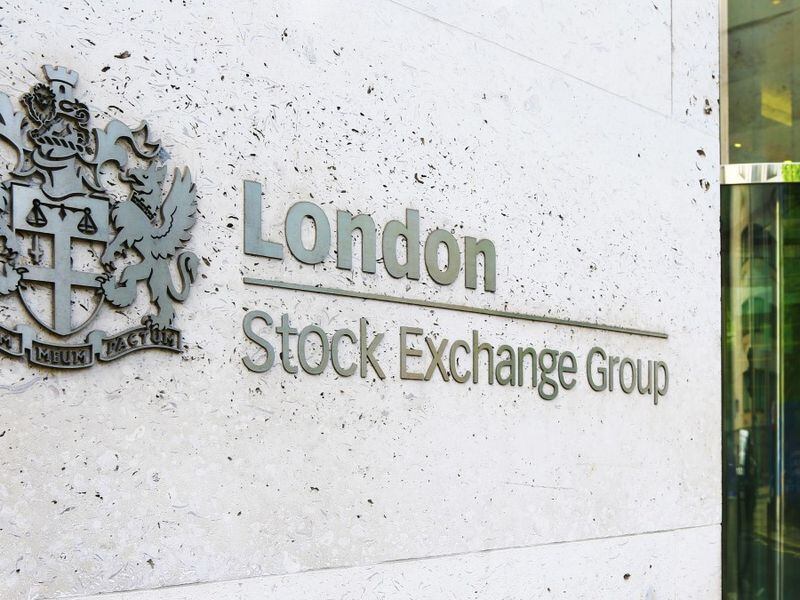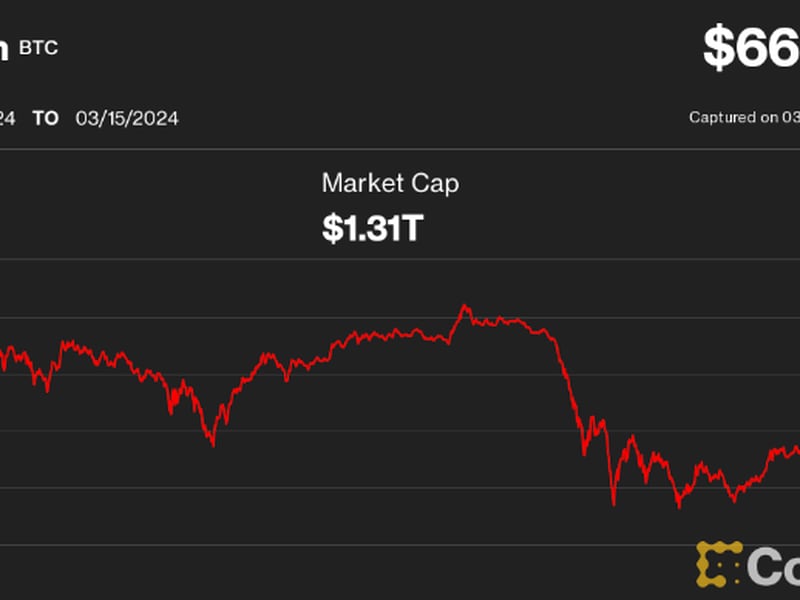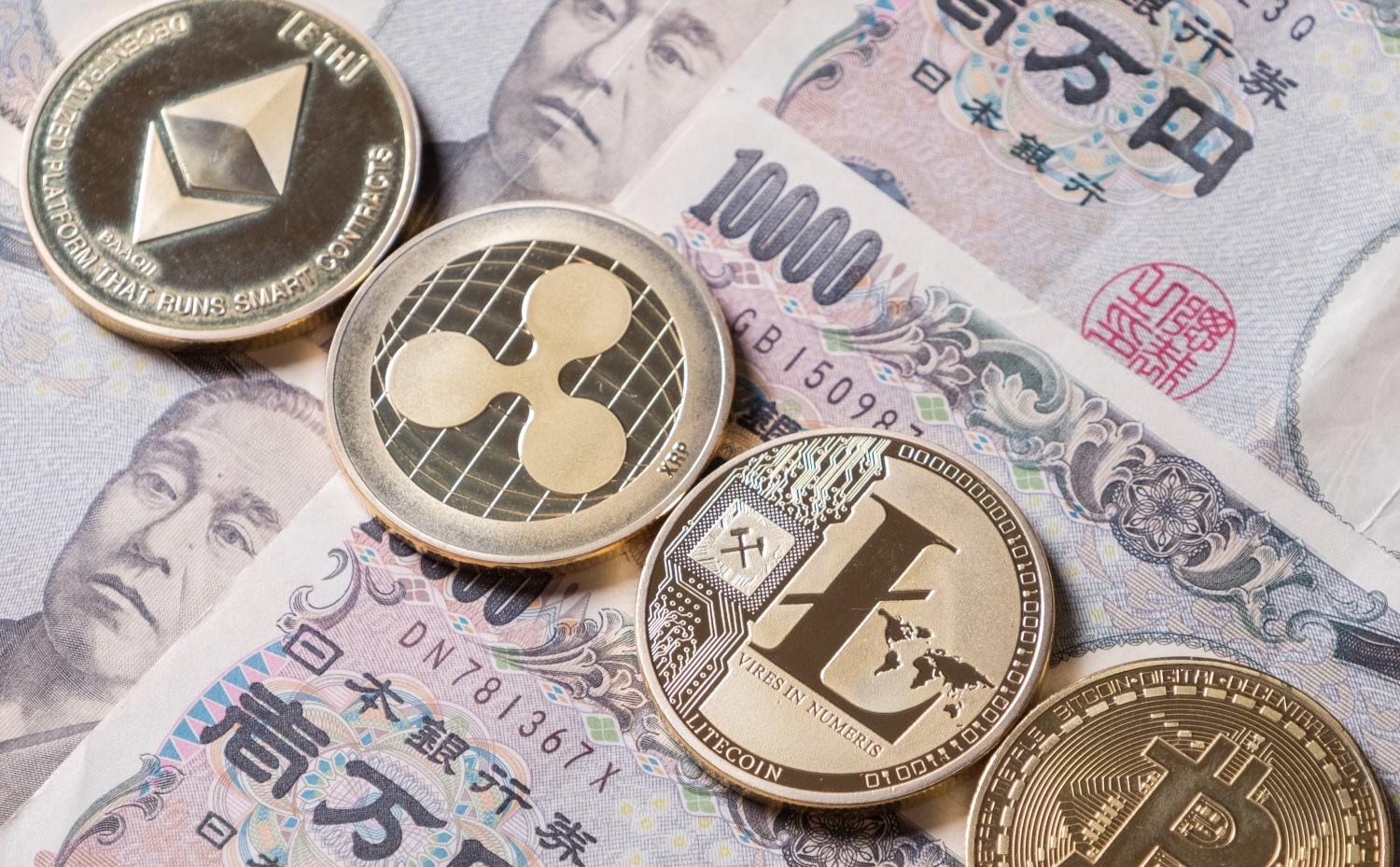First Mover Asia: Bitcoin Regains $27K, but Investors Search for a Catalyst
:format(jpg)/s3.amazonaws.com/arc-authors/coindesk/0ce39235-9db0-4b82-a938-ae1d0516b491.png)
James Rubin is CoinDesk’s U.S. news editor based on the West Coast.
Good morning. Here’s what’s happening:
Prices: Bitcoin sank below $27K for the second consecutive day. Investors are in a wait-and-see mode.
Insights: Bitcoin is taking a breather even amid mildly upbeat jobs and price data this month.
Bitcoin Sinks Below $27K Again
For a second straight day, bitcoin dropped to late March levels under $27,000 but remained safely within its weeks-long range as investors shrugged off upbeat employment and price data and the latest banking crisis to continue their wait for a true price catalyst.
The largest cryptocurrency by market capitalization was recently trading at about $27,052, down 1.8% over the past 24 hours. BTC has been changing hands between $25,000 and $30,000 throughout the spring. A number of analysts believe it will linger there, short of a compelling reason for it to push higher – or lower.
“Price reaction to macro data hasn’t been as significant in the last few weeks,” Katie Talati, head of research at blockchain asset management firm Arca, told CoinDesk TV. “I think mostly, same as equities, everyone feels like a lot of the macro moves are baked in. A lot of what we’ve seen in the last even 24 hours, though, is much more attributable to things specific to the digital asset space.
Ether was recently trading at about $1,800, off about 1.9% from Wednesday, same time. The second largest crypto in market value has also remained largely rangebound in recent weeks, despite early April’s successful Ethereum Shanghai upgrade, which completed the blockchain’s transition from a proof-of-work to more energy efficient proof-of-stake protocol.
Pepecoin-inspired meme mania was waning less than a week after reaching a stunning $1.8 billion market cap. Data by crypto intelligence firm Nansen showed that by late morning Thursday (ET), “smart money” wallets – crypto accounts of individual traders or institutions who are known for their profitable moves – had decreased their PEPE stash by $3 million in the past 24 hours.
Talati said that the team behind PEPE “did a really good job of marketing the token, really building a lot of hype around it.”
But she added: “These tokens tend to pop up and gain a lot of notoriety when there isn’t as much stuff happening in this space. They are usually the most accessible ones. A lot of newer entrants into crypto like to trade them.”
Other major cryptos were largely in the red. The CoinDesk Market Index, a measure of the crypto market’s performance, was down 2.4%.
Equities were mixed with the Dow Jones Industrial Average (DJIA) and S&P 500 falling slightly but the tech-heavy Nasdaq rising a fraction of a percentage point. The banking sector declined after Los Angeles-based PacWest Bancorp reported that it had lost more than 9% of its deposits last week. But PacWest’s latest problems seemed an afterthought for crypto investors.
Meanwhile, Arca’s Talati was upbeat about DeFi. “There’s definitely a lot happening in DeFi,” she said. “I’ve highlighted the last few weeks, a lot of development on certain projects like Curve and Aave, both of which launched or (are) launching their own stable coin.”
Biggest Gainers
Biggest Losers
Bitcoin is taking a little May “breather” as investors ponder a mini-wave of upbeat jobs and price data, said Alex McDougall, CEO of Stablecorp, in a CoinDesk TV interview Thursday.
Bitcoin’s price has plunged from highs near $31,000 less than two weeks ago, and on Wednesday, dipped below $27,000 after markets became spooked by an unfounded rumor that the U.S. government was going to sell off some $320 million in bitcoin. The largest crypto in market value has been buffeted in recent weeks, short a compelling reason to move from a weeks-long range.
“We’ve seen interest rates kind of fluctuate a little bit,” said McDougall, whose firm provides blockchain-powered financial products. “And the decoupling from the risk on tech stock narrative is interesting. In any time where there are so many competing narratives going on all at once, you can almost see the market sort of flipped between narratives. Is this a doomsday hedge? Is this your risk-on asset? Is the banking sector dying?”
He added “What this seems like is an opportunity to take a deep breath – a lot of people taking profits who have been underwater for a little while, an opportunity for accumulation.”
McDougall noted that the meme pool-spurred congestion on the bitcoin network, which prompted exchange giant Binance to suspend withdrawals twice over the weekend, had raised concerns about the blockchain’s ability to handle additional volume generated by NFT-like Ordinals. There are “known challenges, and scalability is always part of that that trilemma,” he said “When those start to rear their head, it’s easy to sort of say ‘we’re a little too overhyped there. Let’s cool off a little bit.'”
He said that liquidity remains another issue that the crypto industry is having to address. “It wasn’t a healthy marketplace, but at least we had this sort of global connectivity of liquidity before,” he said. “And you’re starting to see that fracture and that global assets not be able to move as smoothly cross border, and those liquidity plugs start to disconnect a little bit.”
But he was sanguine about bitcoin’s future. “A lot of these things are sort of the natural growing pains,” he said, adding: “How could you not be bullish? It’s such a it’s a no brainer to go to this technology in the long term, but the route there is not going to be straight.”
In case you missed it, here is the most recent episode of “First Mover” on CoinDesk TV:
Bitcoin (BTC) slipped below $27,500 following the release of April PPI data. Arca head of research Katie Talati shared her crypto markets analysis. Plus, Timothy Massad, Kennedy School of Government at Harvard University Research Fellow and former CFTC chairman, discussed the future of U.S. crypto regulation following a joint House hearing examining the future of digital assets on Wednesday. And early Dogecoin backer Gary Lachance discussed the rise of the meme economy.
CoinDesk Turns 10 – 2020: The Rise of the Meme Economy: As the world locked down for COVID, meme-assets like Dogecoin and Disaster Girl grabbed the attention of a younger generation of retail investors. Three years later, memes are driving value across financial markets. This feature is part of our “CoinDesk Turns 10” series.
Bitcoin Prices Retrace as Traders With Varying Time Horizons Jockey for Position: Longer term holders remain resilient. Bitcoin super whales warrant attention, as they have recently reduced positions.
What’s the Reality of Crypto in Crime?: The DOJ’s Eun Young Choi said the agency is constantly finding crypto connections in its criminal investigations. But how deep does the problem go and how much should we blame the blockchain?
‘Smart Money’ Traders Reduce Pepecoin Holdings by $3M as Meme Coin Mania Cools: PEPE token has dropped 66% since last week, when it reached a $1.8 billion market capitalization after a staggering rally.
Edited by James Rubin.
DISCLOSURE
Please note that our
privacy policy,
terms of use,
cookies,
and
do not sell my personal information
has been updated
.
The leader in news and information on cryptocurrency, digital assets and the future of money, CoinDesk is a media outlet that strives for the highest journalistic standards and abides by a
strict set of editorial policies.
CoinDesk is an independent operating subsidiary of
Digital Currency Group,
which invests in
cryptocurrencies
and blockchain
startups.
As part of their compensation, certain CoinDesk employees, including editorial employees, may receive exposure to DCG equity in the form of
stock appreciation rights,
which vest over a multi-year period. CoinDesk journalists are not allowed to purchase stock outright in DCG
.
:format(jpg)/s3.amazonaws.com/arc-authors/coindesk/0ce39235-9db0-4b82-a938-ae1d0516b491.png)
James Rubin is CoinDesk’s U.S. news editor based on the West Coast.
Learn more about Consensus 2024, CoinDesk’s longest-running and most influential event that brings together all sides of crypto, blockchain and Web3. Head to consensus.coindesk.com to register and buy your pass now.
:format(jpg)/s3.amazonaws.com/arc-authors/coindesk/0ce39235-9db0-4b82-a938-ae1d0516b491.png)
James Rubin is CoinDesk’s U.S. news editor based on the West Coast.








